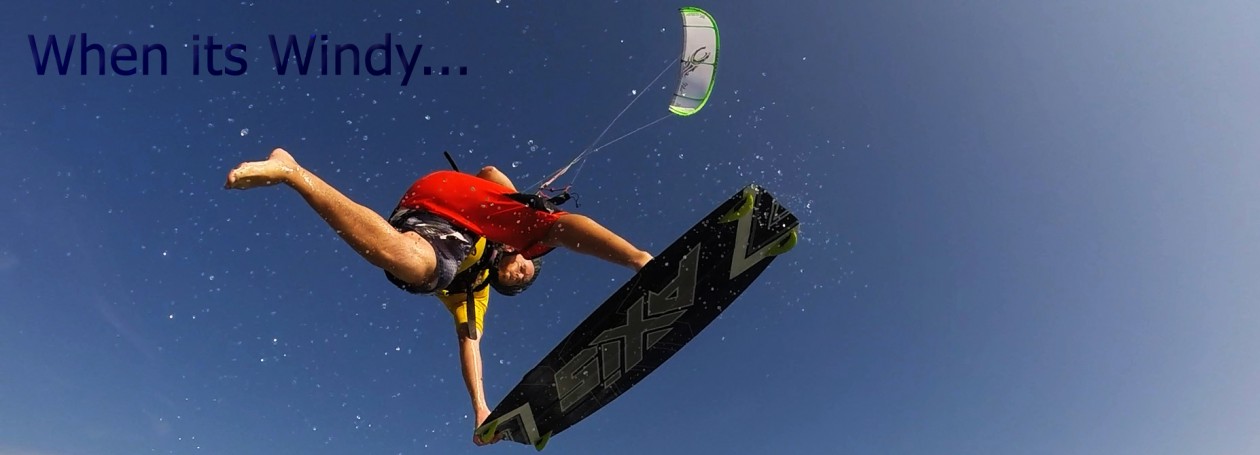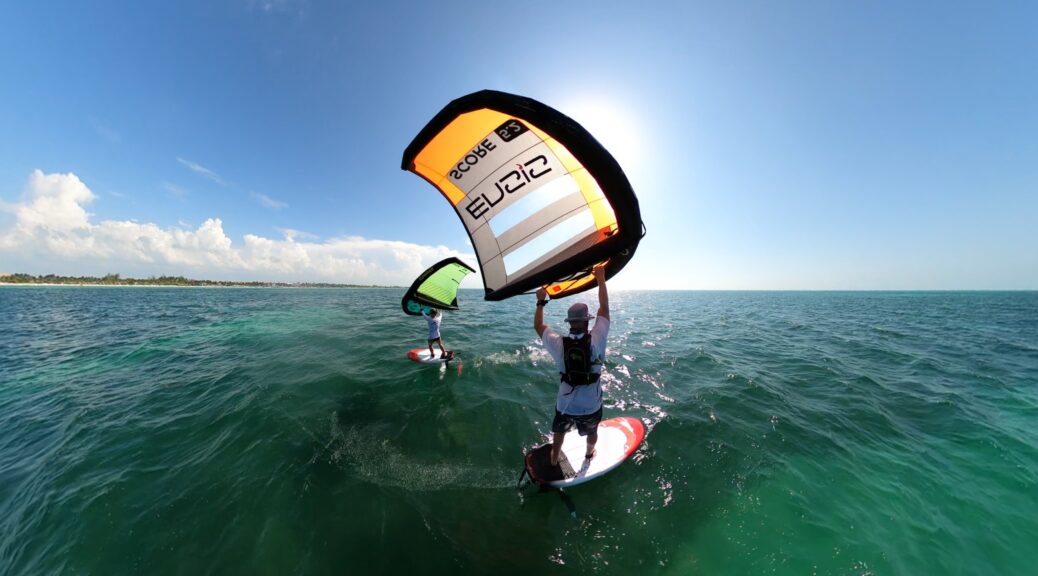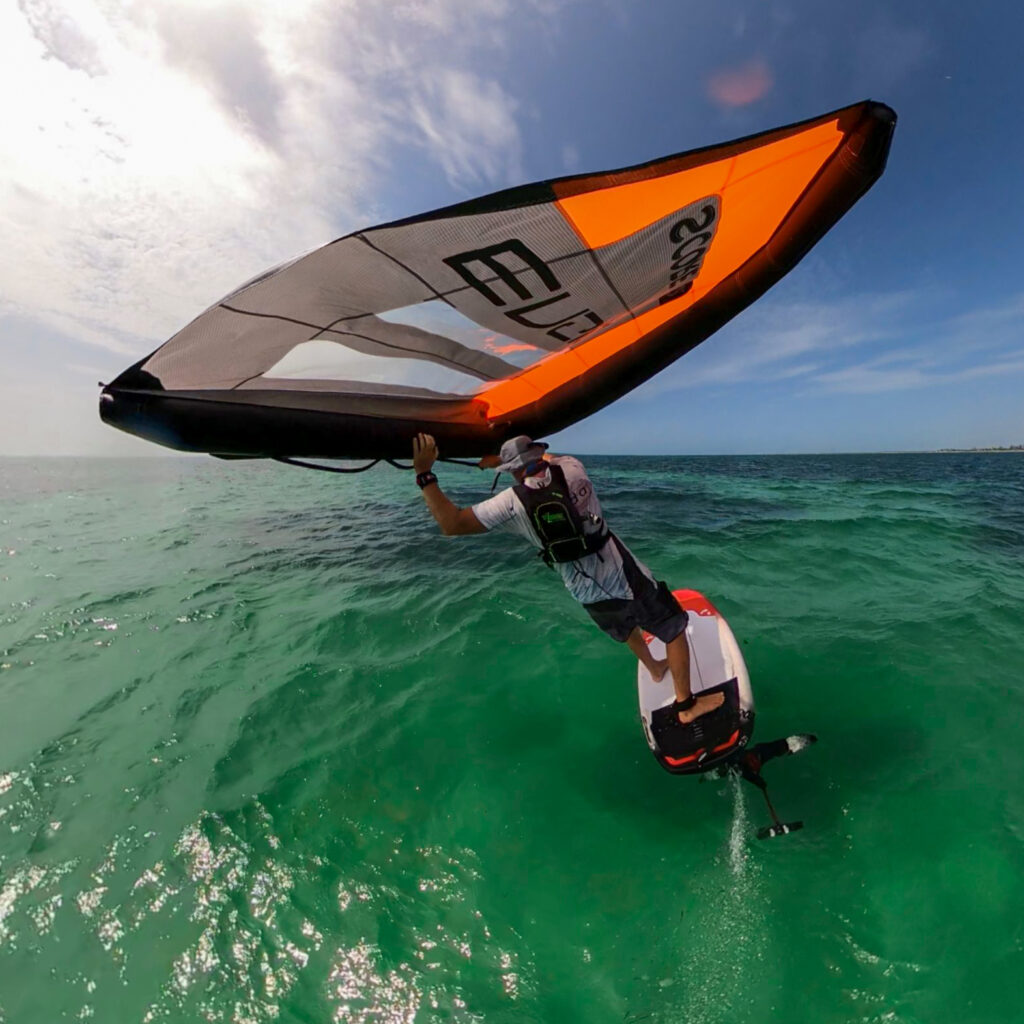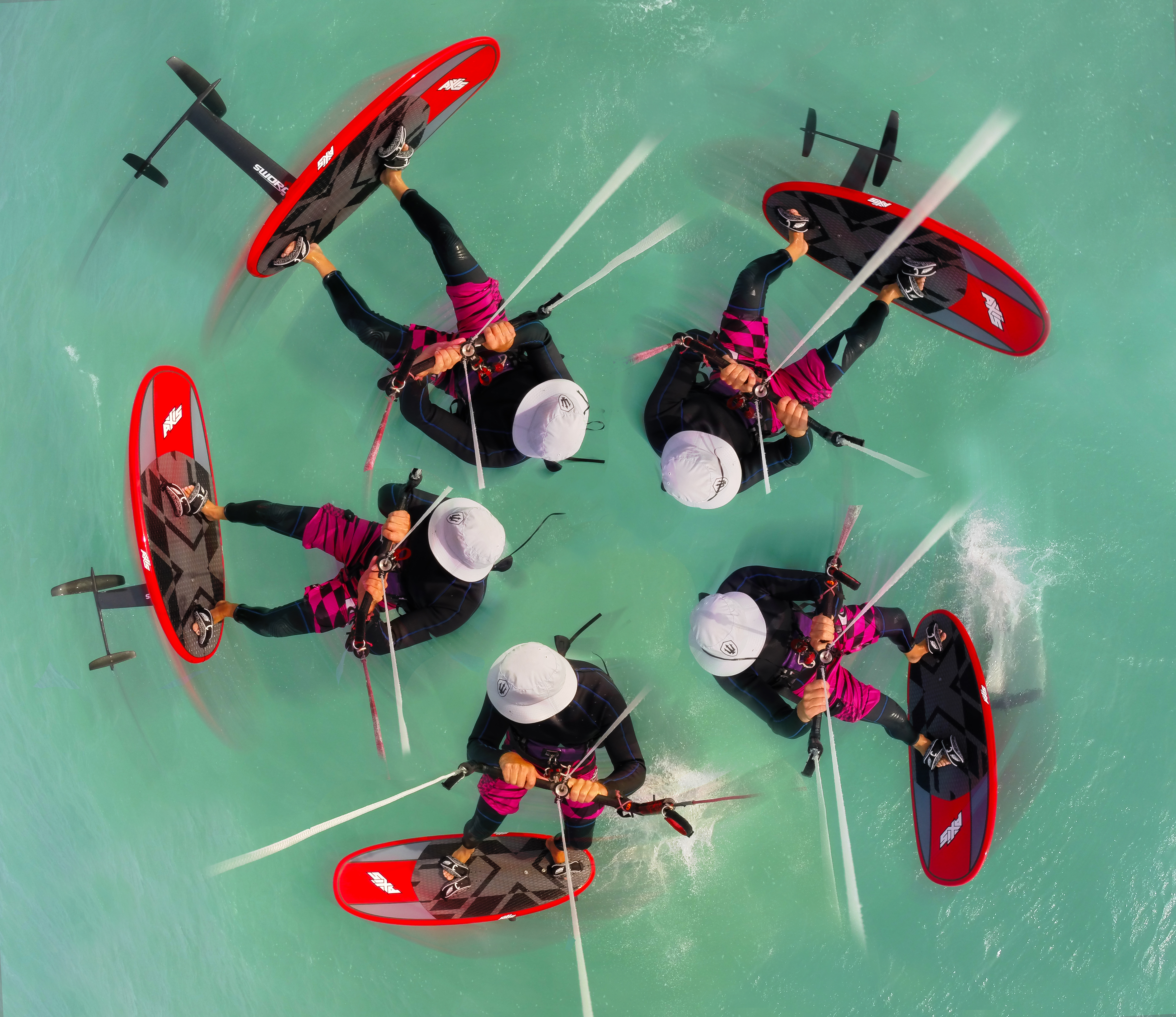If you’ve been around watersports for a while, you’re sure to have come across the new and exploding sport of WingFoil. At first, I was not impressed or convinced that I needed to try it.
2 years later…
… I’m a wingaholic. I’m also an IWO qualified wingfoil coach working at Holbox Kiteboarding School . Cathy also got bitten by this addictive new sport and is qualified as an IWO wingfoil Coach too.

I can already kite and foil so why would I want to learn?
I could immediately see the appeal for people new to watersports and I guess that gave me a push in the right direction but wasn’t sure how that applied to me.
Instagram’s algorithm detected my interest in winging, and I started seeing big names apparently enjoying this new sport. Then came videos of people winging in the waves and at this point I was nearly sold.
The tipping point came when Holbox Kiteboarding School bought their first wing and board.
So it was that I found myself in the fortunate position of having some motivation and more importantly opportunity to try wingfoiling without any huge investment. I would’ve been foolish not to try it.
I’ve now been trying wingfoiling for a couple of years and feel qualified to answer my own question.
To learn something new is always something worth doing.
Access to unkiteable spots.
New and different sensations, foiling swell and waves with a truly depowered engine.
Enjoyable aerobic exercise.
If any of those appeal to you, please give it a try.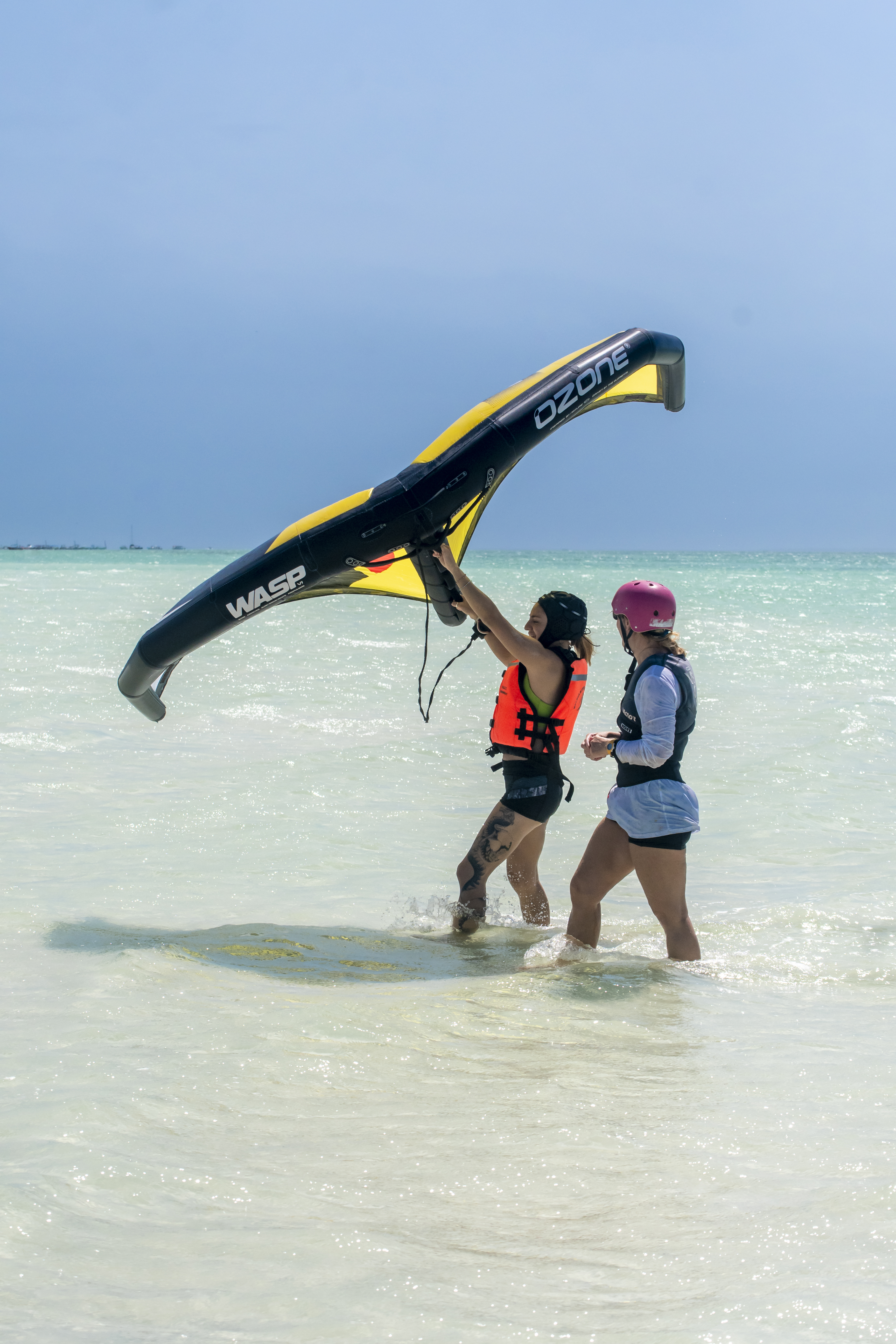
How easy is it?
As with any sport taking a set of lessons from a qualified instructor will always speed up the progression.
Is it possible to learn without? Sure but you’ll need to invest in all the equipment first and then take your time to find resources to help you. It’s certainly safer to learn the basics than kiteboarding, but when you get to the foiling stages a coach’s eye can save you hours.
The basics
Wingfoiling basics are a doddle.
Wing handling can be learned in minutes on dry land.
Moving around on a paddle board with daggerboard fitted or an old windsurf board is also very quick easy and safe in the right conditions. Flat protected water is best.
You can expect to have that all under some control on Day 1 of Wing Lessons.
The learning curve starts very easily. It then gets a little steeper for a while but nothing worth doing is truly easy 😉
Getting up on foil
This is where conditions, kit selection and determination need to be on point.
If you get these three points right then progress should be good. As a big boned kite foiler 220lb living on a desert island this part was the hardest stage for me. Big boards, big foils, flat water and plenty of wind/power is the secret.
Foiling
As a kite foiler / windfoiler /prone foiler/ wake foiler /pump foiler or SUP foiler this is the easiest step as all your previous foiling skill will cross straight over into wingfoiling. Yes the foil and board will be bigger/smaller than you’re used to but the basics are identical.
If you are a non-foiler this stage will need a bit of patience and practice but it is somewhat easier and less chaotic than learning to kite foil. The foils used for learning to wingfoil are bigger and slower than those for kiting. There is also no need to do a power hungry waterstart as you’ll already be floating.
If you are having difficulty at this stage taking a wingfoil and board out behind a boat can be a great solution to get the foil under control.
Am I fit enough?
Wingfoiling does involve a little more exertion than kiting especially so in underpowered conditions.
You’ll be climbing back onto that board quite frequently and pumping the wing is initially tiring but with a bit of technique and practice it all gets easier.
However, unlike kitboarding you can always take a seat for 5 minutes on your big floaty board and chill for a bit. I certainly do.
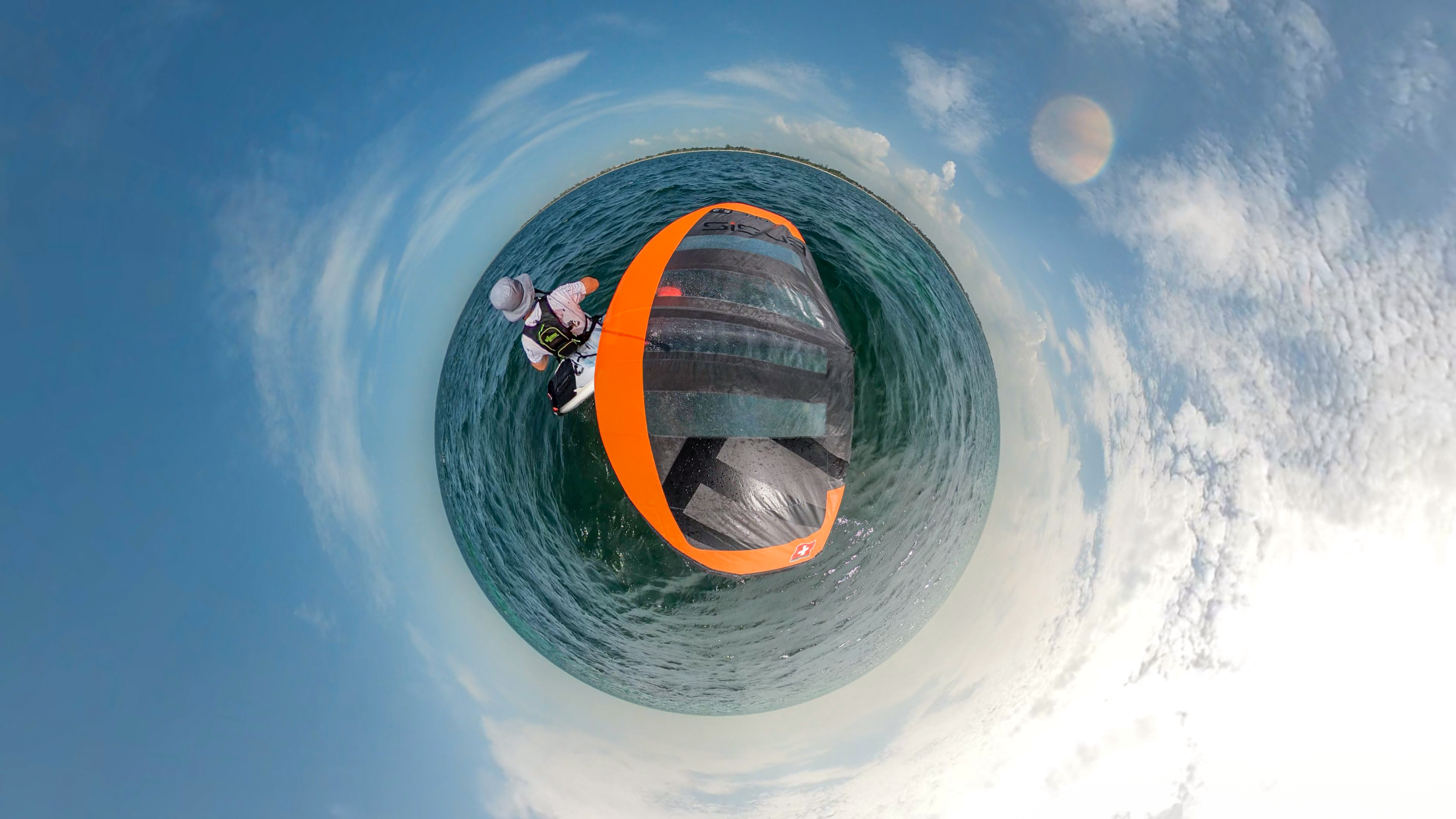
Am I strong Enough?
Until you are a more experienced winger and start to use a harness you’ll be hanging onto the wing. However its not like hanging onto a kite. There is far less power needed once up on foil than you might think. Yes more strength is needed than for kiting but not in an excessive way.
Best Conditions for Learning?
Flat protected water
More than 7 knots of wind for wingsurfing without a foil
More than 13 knots for wingfoiling
Isla Holbox of gives great wingfoil conditions – Wingfoil Holbox 😉
What Equipment Will I need?
Check it out on the next page here
